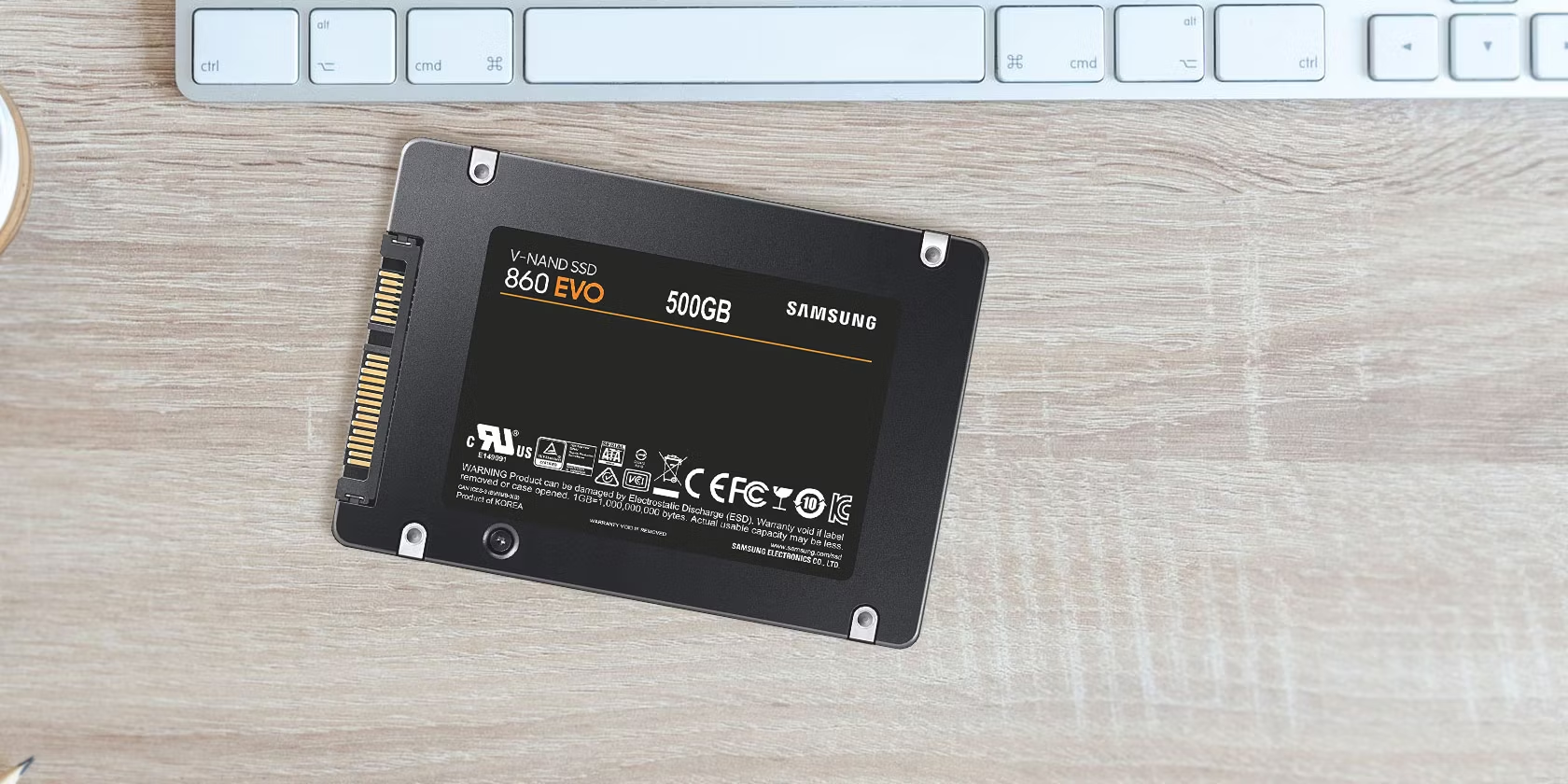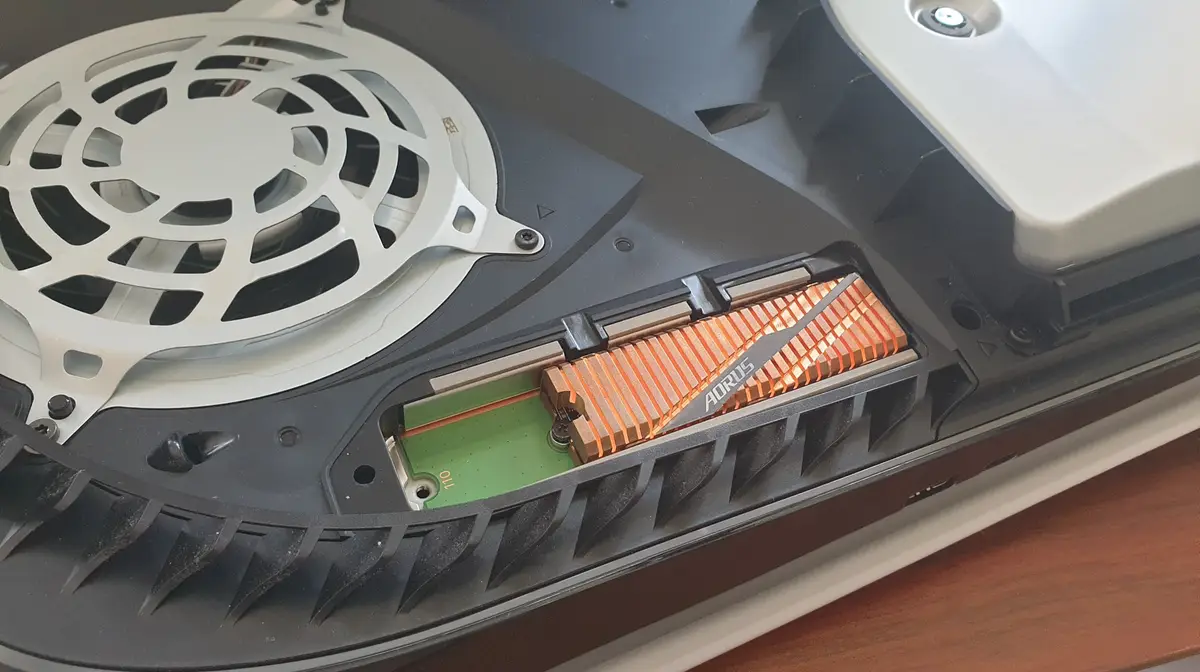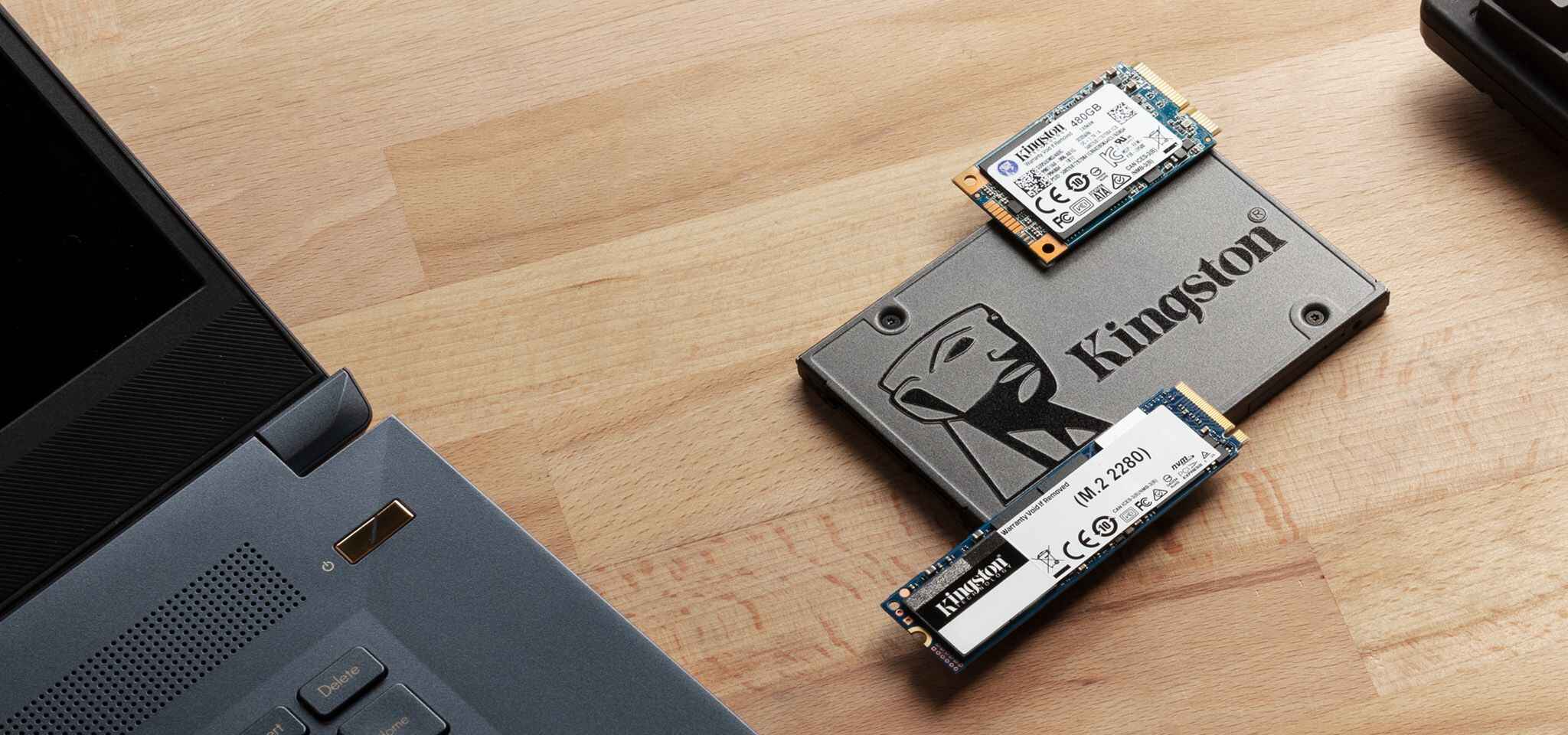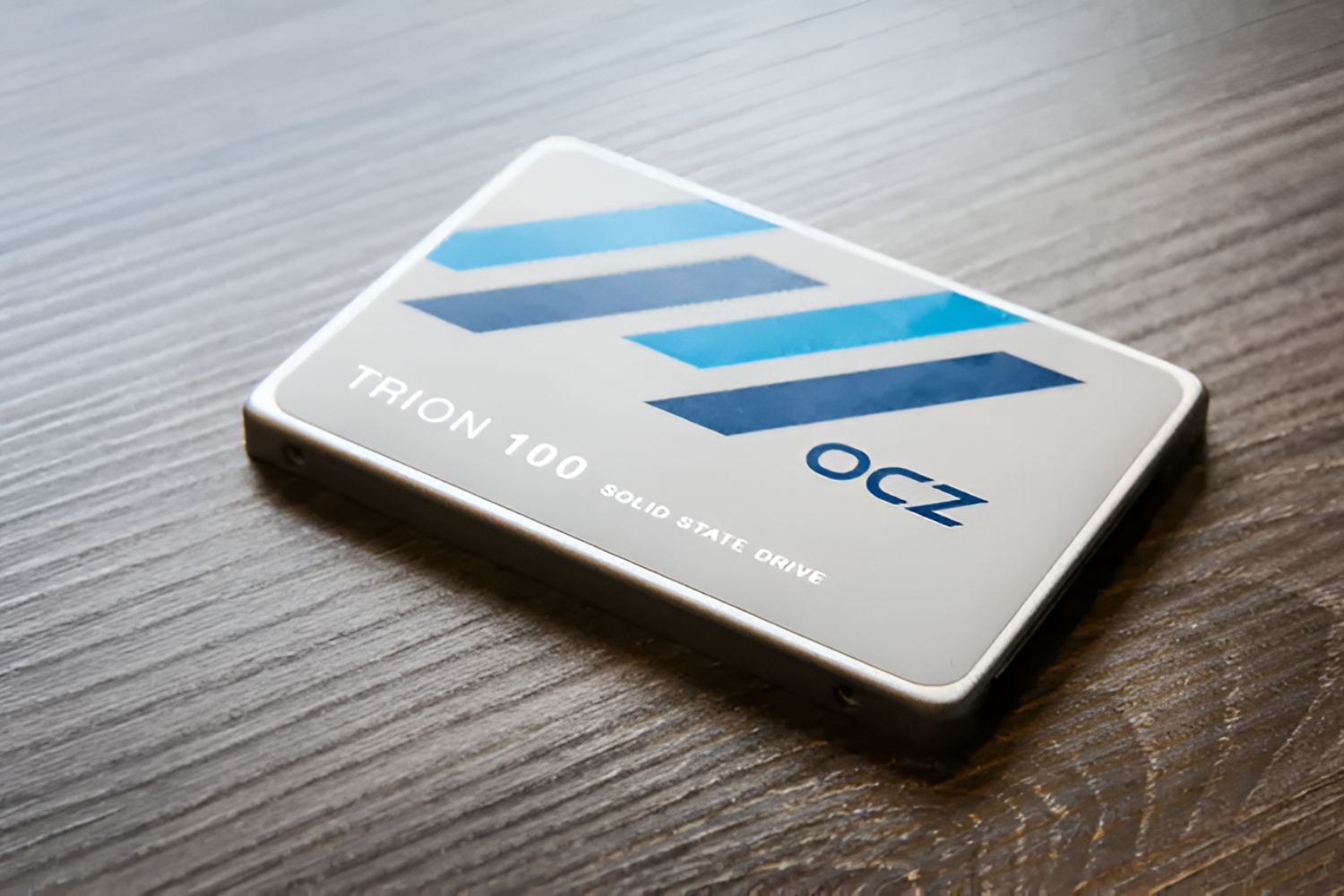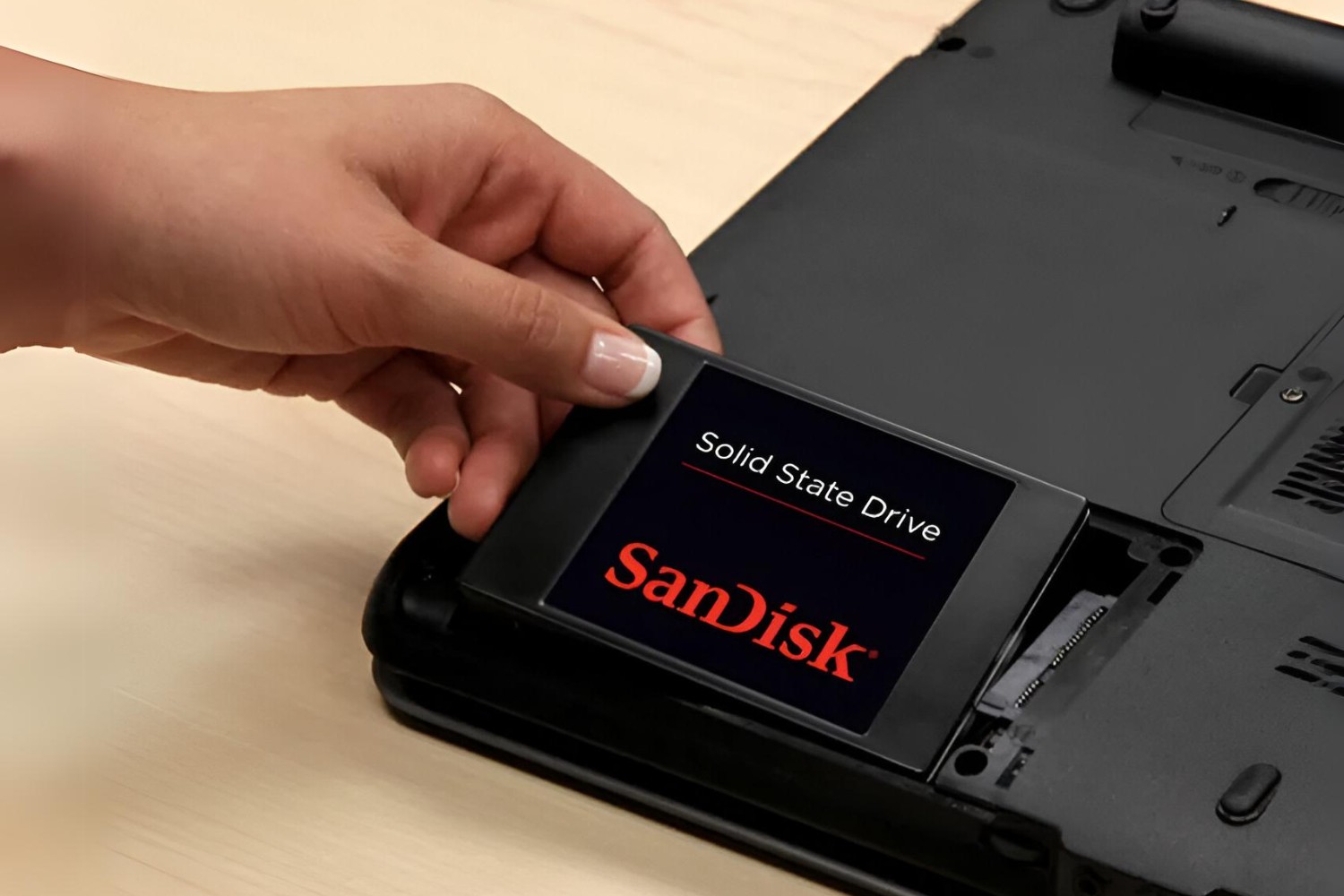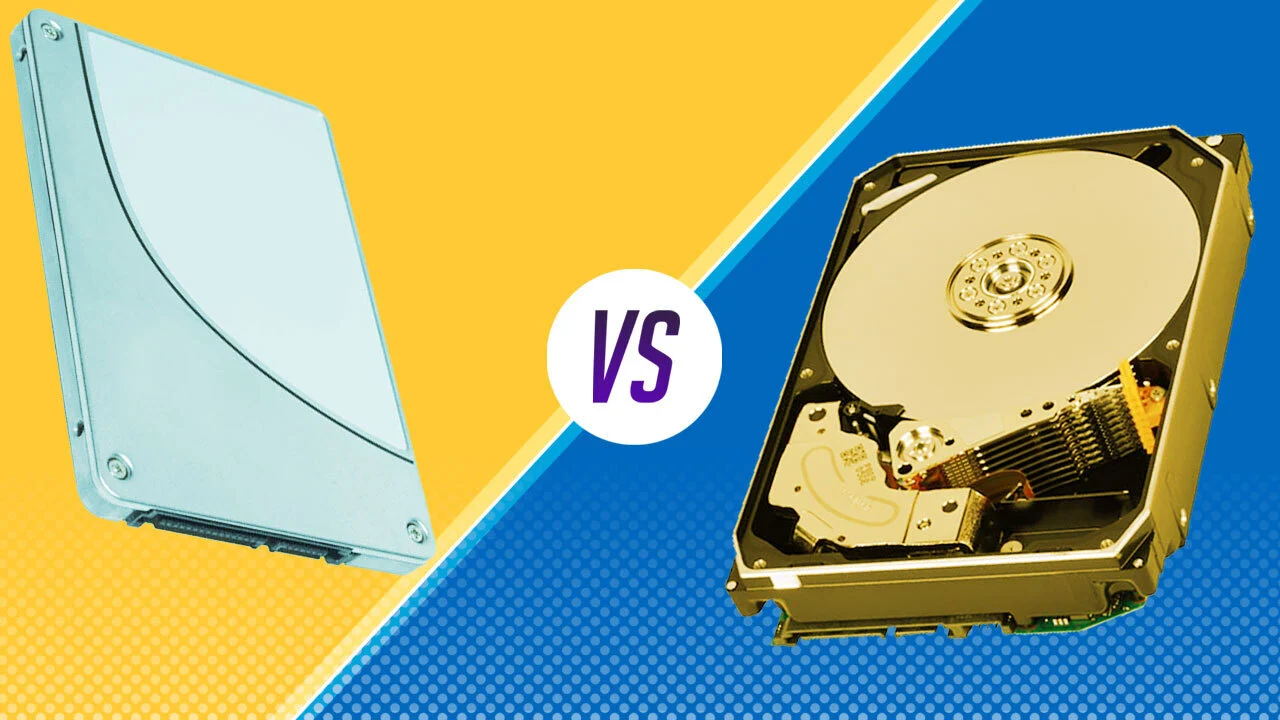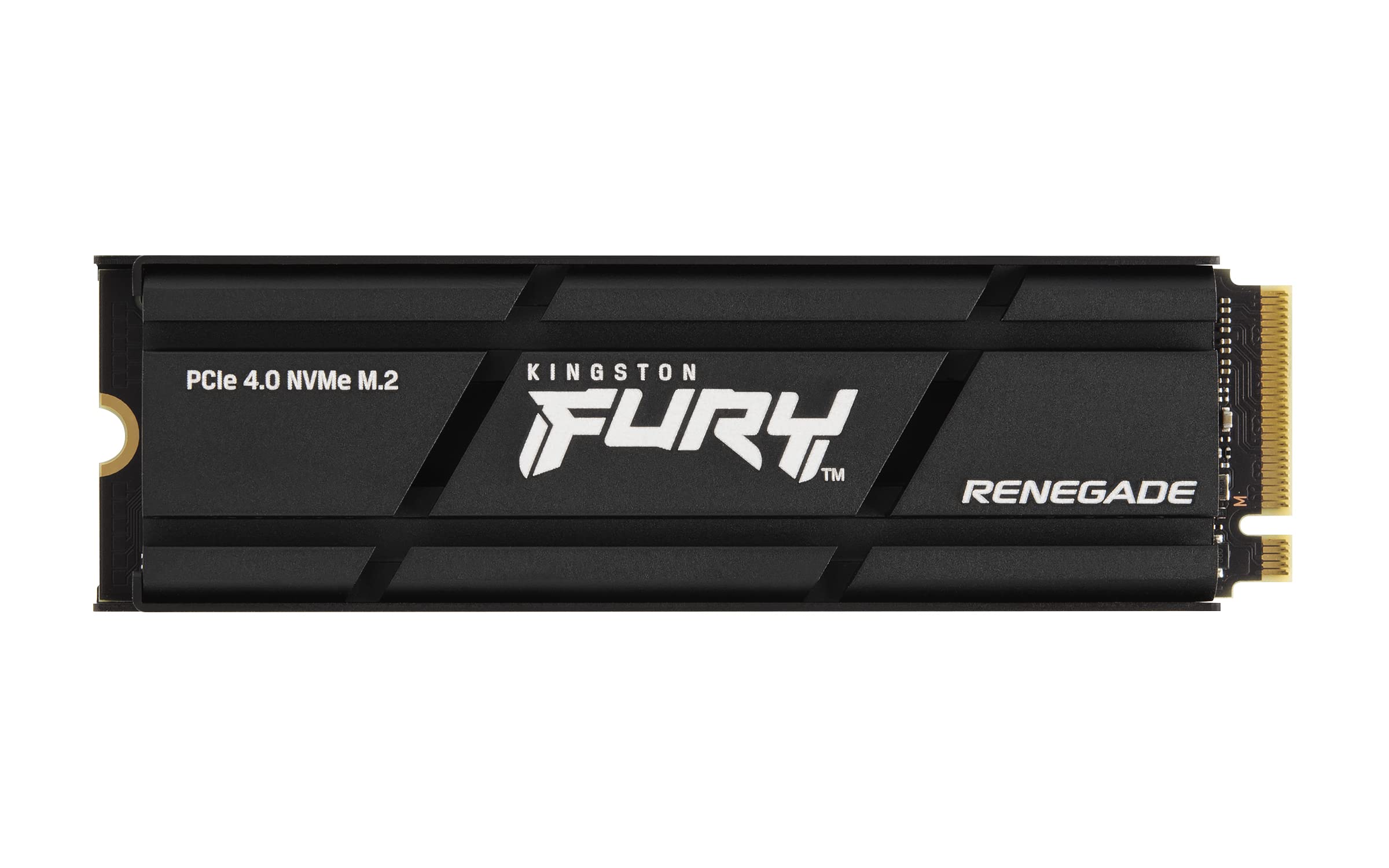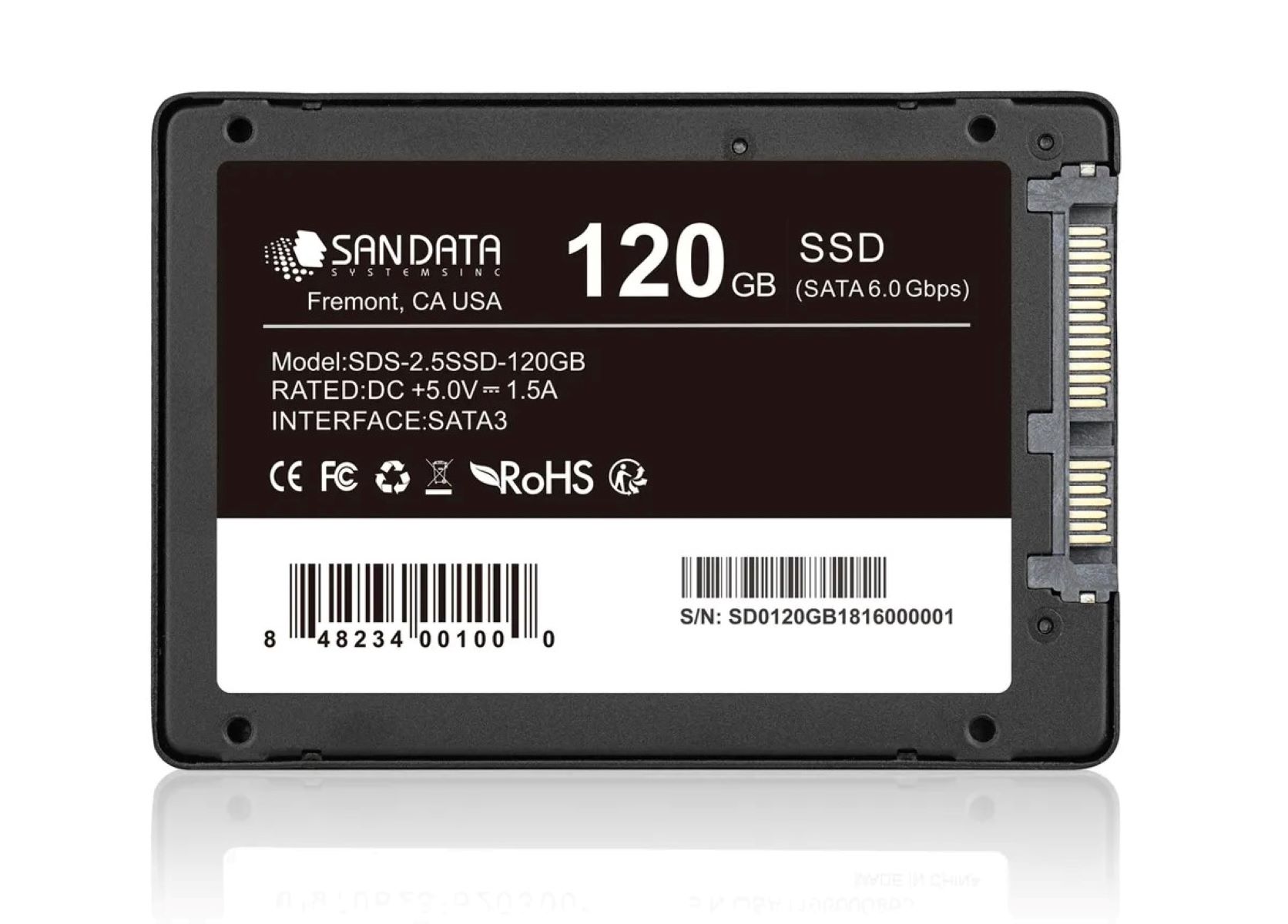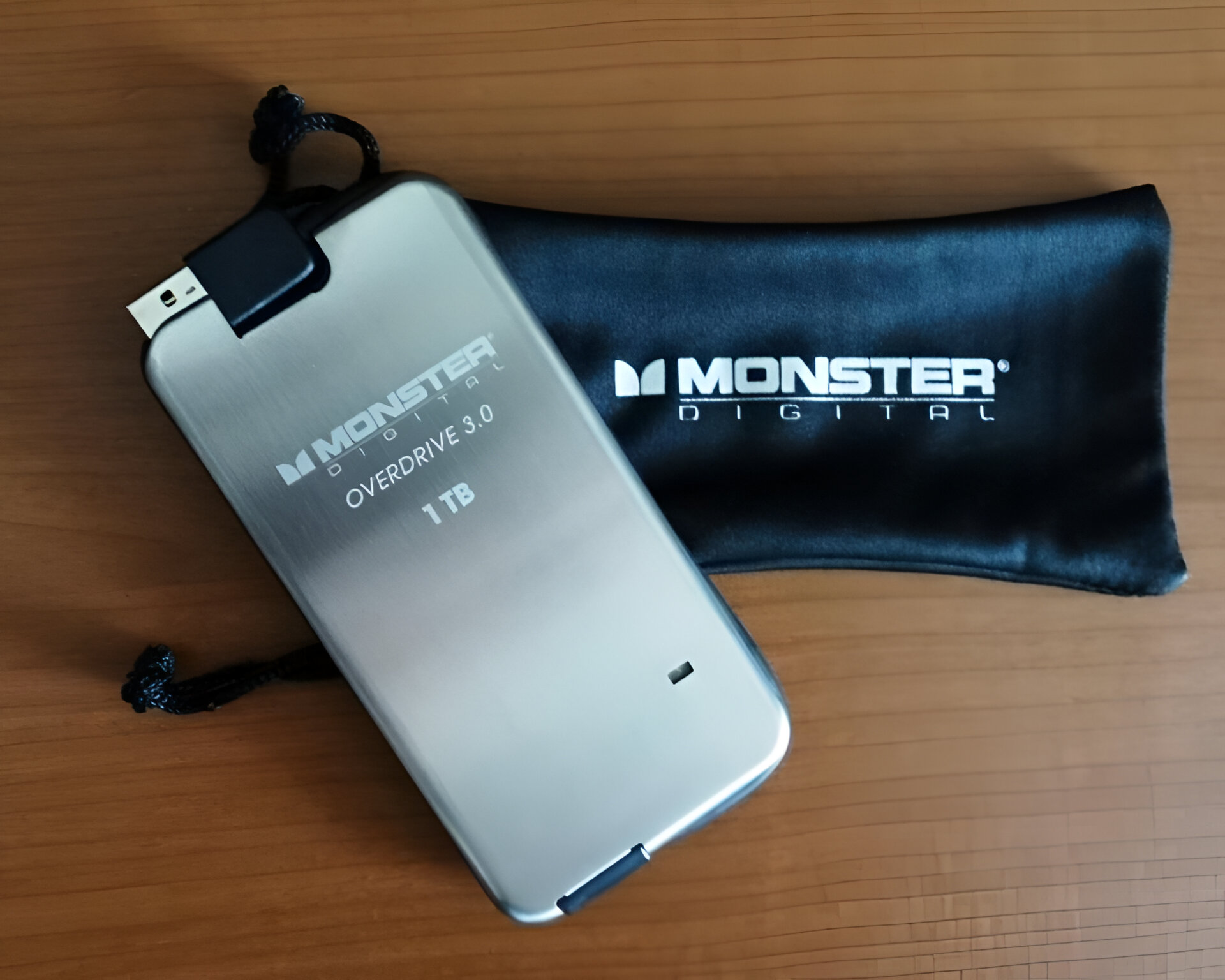Introduction
A Solid State Drive (SSD) is a crucial component of modern computer systems, offering fast and reliable storage for both personal and professional use. Unfortunately, like any other electronic device, a solid state drive is not immune to failures. Whether you’re using an SSD for gaming, data storage, or work-related tasks, it can be disheartening when you discover that your SSD is no longer functioning properly.
Understanding the various factors that can contribute to SSD failure can help you take appropriate measures to prevent it from happening or to effectively troubleshoot the issue. In this article, we will explore the common reasons why a solid state drive may break and what steps you can take to prevent such failures.
It’s important to note that while these reasons can cause an SSD to break, it doesn’t mean that every SSD will experience these issues. SSDs are generally reliable components with a low failure rate, but it’s still essential to be aware of the potential risks and take the necessary precautions.
Mechanical Failure
Mechanical failure is one of the possible reasons behind the breakdown of a solid state drive. Although SSDs don’t have moving parts like traditional hard disk drives, some mechanical elements can still fail.
One common mechanical failure is a faulty connector or cable. The connectors that attach the SSD to the motherboard can become loose or damaged over time, resulting in a poor connection or complete failure. Additionally, the cables that connect the SSD to the power supply can also develop faults, leading to power delivery issues that affect the drive’s performance.
Another potential cause of mechanical failure is physical trauma. Dropping or mishandling your computer can result in an SSD getting damaged. The impact can dislodge internal components or cause internal circuitry to break, rendering the drive inoperable.
To minimize the risk of mechanical failure, make sure to handle your computer and its components with care. Avoid dropping or subjecting your system to unnecessary physical stress. Regularly check the connectors and cables to ensure they are securely connected and in good condition.
In case you suspect a mechanical failure with your SSD, it’s advisable to contact a professional data recovery service or seek guidance from the manufacturer for potential solutions.
Electrical Failure
Electrical failure is another significant factor that can contribute to the breakdown of a solid state drive (SSD). Various electrical issues can arise, leading to the failure of the SSD’s components.
Power surges and electrical spikes are common causes of electrical failure. Sudden increases in voltage can overwhelm the internal circuitry of the SSD, resulting in damage to its electronic components. This can occur during a power outage, lightning storms, or when using an unreliable power source.
Faulty power supply units (PSUs) can also cause electrical failures. If the PSU is not delivering a consistent and clean power supply to the SSD, it can lead to issues like data corruption or even complete failure of the drive.
It is important to use high-quality and reliable power supply units that provide adequate wattage and voltage stability to your computer system. Moreover, using a surge protector or an uninterruptible power supply (UPS) can help safeguard your SSD from sudden power fluctuations or electrical spikes.
In case you suspect electrical failure in your SSD, it is recommended to disconnect the drive from power immediately to prevent further damage. Seek professional assistance from a certified technician or contact the SSD manufacturer for guidance on potential solutions and repairs.
Firmware Failure
Firmware, the software embedded within the solid state drive (SSD), plays a critical role in its performance and operation. However, firmware failures can occur, resulting in malfunctioning SSDs.
Firmware acts as the intermediary between the hardware components of the SSD and the operating system. It controls the data storage, retrieval, and overall functioning of the drive. If the firmware becomes corrupted or outdated, it can lead to various issues, including data corruption, performance degradation, or even complete failure of the SSD.
One common cause of firmware failure is improper updating or installation. If the firmware update process is interrupted or not performed correctly, it can result in a corrupted firmware image on the SSD, causing it to malfunction. Additionally, using an outdated or incompatible firmware version can also lead to instability and performance issues.
To prevent firmware failure, it is crucial to follow the manufacturer’s instructions for firmware updates carefully. Before performing any firmware update, ensure that you have a backup of your important data. Use reliable firmware update tools provided by the SSD manufacturer and verify that you are using the correct firmware version for your specific SSD model.
If you encounter a firmware failure, you may be able to recover the SSD by performing a firmware reset or flashing the firmware using specialized software tools. However, it’s recommended to consult with the SSD manufacturer or seek assistance from a professional technician to ensure proper and safe recovery.
Overheating
Overheating is a common issue that can lead to the failure of a solid state drive (SSD). While SSDs generate less heat compared to traditional hard disk drives, excessive heat can still affect their performance and reliability.
When an SSD operates at high temperatures for extended periods, it can experience accelerated wear and tear, resulting in decreased lifespan and potential failure. High ambient temperatures, inadequate ventilation, or insufficient cooling systems within the computer can contribute to overheating.
Dust buildup on the SSD or within the computer case can also impede airflow and lead to overheating. When dust accumulates, it acts as insulation, trapping heat and preventing proper cooling of the SSD.
To prevent overheating, ensure that your computer system has proper cooling mechanisms in place. This includes having sufficient cooling fans, proper cable management for improved airflow, and regular cleaning of dust from the computer case and components.
Consider using temperature monitoring software to keep track of the SSD’s temperature. If you notice that the SSD consistently operates at high temperatures, consider adding additional cooling solutions such as case fans or liquid cooling systems.
By keeping your SSD operating within optimal temperature ranges, you can minimize the risk of overheating-related failures and prolong its lifespan.
Power Surge
A power surge is a sudden and brief increase in electrical voltage that can have damaging effects on electronic devices, including solid state drives (SSDs). Power surges can occur due to lightning strikes, faulty electrical wiring, or the sudden restoration of power after an outage.
When an SSD is subjected to a power surge, it can result in irreversible damage to its electronic components. The surge of excessive electrical energy can overwhelm the delicate circuitry and cause data corruption or complete failure of the drive.
To protect your SSD from power surges, it is important to use surge protectors or uninterruptible power supply (UPS) systems. These devices help regulate and stabilize the electrical voltage, shielding your SSD from sudden spikes or drops in power.
Furthermore, it’s essential to ensure that your computer system is properly grounded and that the electrical wiring in your home or office is in good condition. Faulty wiring or inadequate grounding can increase the risk of power surges and damage to your SSD.
In the event of a power surge, your SSD may experience immediate failure or develop problems over time. If you suspect that a power surge has affected your SSD, it is advised to cease using the drive immediately to prevent further damage. Consult a professional technician or reach out to the SSD manufacturer for guidance on potential solutions and data recovery options.
User Error
While solid state drives (SSDs) are designed to be durable and reliable, user error can still lead to their failure. Mistakes or mishandling can inadvertently cause damage to the SSD, resulting in data loss or complete malfunction.
One common user error is improper installation or removal of the SSD. When installing an SSD, it is important to follow the manufacturer’s instructions carefully, ensuring that it is securely connected and aligned with the motherboard. Similarly, when removing the SSD, it is essential to use caution and follow the proper procedures to avoid any physical damage.
Using the SSD for purposes it is not designed for can also lead to failure. For example, subjecting the drive to extreme temperatures or environmental conditions outside of its operating range can cause permanent damage to its components.
Another user error is the improper handling of data. SSDs have a limited number of program/erase cycles, and excessive or unnecessary writing to the drive can accelerate its wear and shorten its lifespan. It is important to avoid unnecessary data transfers or frequent write operations on the SSD, especially for tasks that can be offloaded to other storage devices.
Regularly updating the firmware and drivers for the SSD is crucial to maintain its performance and stability. Failing to keep the firmware and drivers up to date can result in compatibility issues or potential vulnerabilities that can lead to failure.
To minimize the risk of user error, make sure to read the manufacturer’s documentation, follow best practices, and exercise caution when handling and using your SSD. Taking a proactive and informed approach can help prevent unnecessary damage and prolong the lifespan of your SSD.
Wear and Tear
Wear and tear is an inevitable factor that can contribute to the eventual failure of a solid state drive (SSD). Over time, the continuous use and regular operation of the SSD can lead to the deterioration of its components and a decrease in performance.
One of the main causes of wear and tear in SSDs is the finite number of program/erase cycles that each memory cell can endure. Each time data is written and erased on the SSD, it gradually degrades the integrity of the memory cells. Once the cells reach their limit, they can become unreliable or fail altogether.
Additionally, other factors like the age of the SSD, the intensity of usage, and the workload it handles can impact its lifespan. Heavy and constant usage, especially in professional or server environments, can accelerate wear and tear, leading to an eventual failure of the SSD.
To minimize wear and tear and prolong the lifespan of your SSD, there are several practices you can adopt. First, prioritize minimizing unnecessary read and write operations on the SSD by offloading non-essential tasks to other storage devices.
Regularly checking and maintaining the health of your SSD can also help identify any early signs of degradation. Many SSD manufacturers provide diagnostic tools that monitor the health and performance of the drive, allowing you to take preventive measures or backup important data before a failure occurs.
Lastly, it is advisable to have a backup strategy in place for your important data. This way, even if the SSD fails due to wear and tear, you can restore your data from a backup source and continue working without significant interruptions.
Remember that while wear and tear is a natural part of an SSD’s lifespan, taking proactive measures can help extend its durability and ensure reliable performance for as long as possible.
Conclusion
Understanding the reasons behind solid state drive (SSD) failures is crucial for both prevention and troubleshooting. Mechanical failures, electrical issues, firmware problems, overheating, power surges, user errors, and wear and tear are some of the common factors that can contribute to the breakdown of an SSD.
By taking proactive measures, such as handling the SSD with care, using reliable power sources, keeping firmware updated, preventing overheating, avoiding user errors, and being aware of wear and tear, you can minimize the risk of SSD failures and extend their lifespan.
It’s important to remember that no storage device is completely immune to failure. Even with proper precautions, unforeseen circumstances can still cause SSD failures. In such cases, it is advisable to seek professional assistance from data recovery services or contact the manufacturer for guidance.
In conclusion, staying informed about the potential issues that can lead to SSD failures and implementing preventive measures can help ensure the optimal performance and longevity of your solid state drive.







